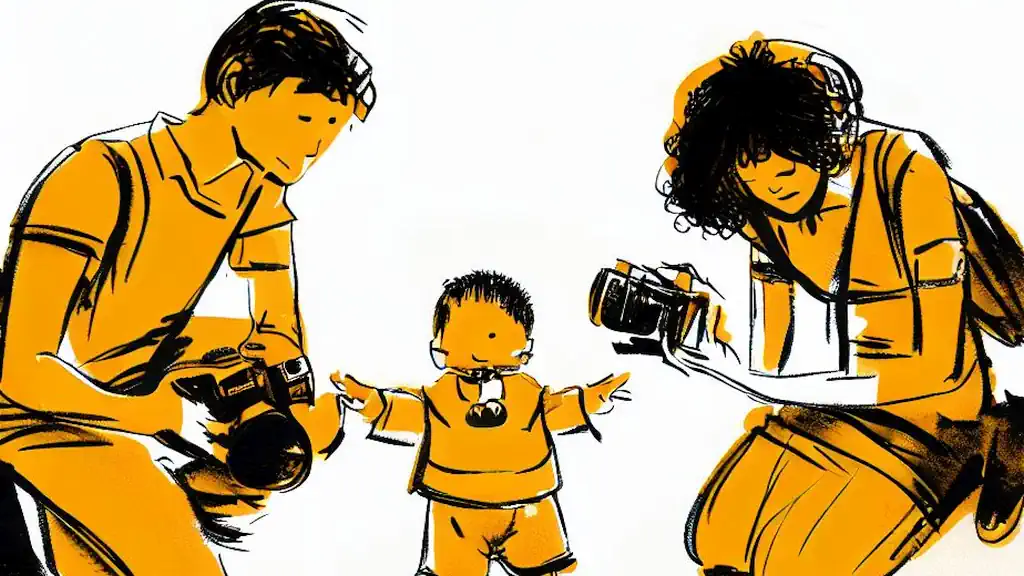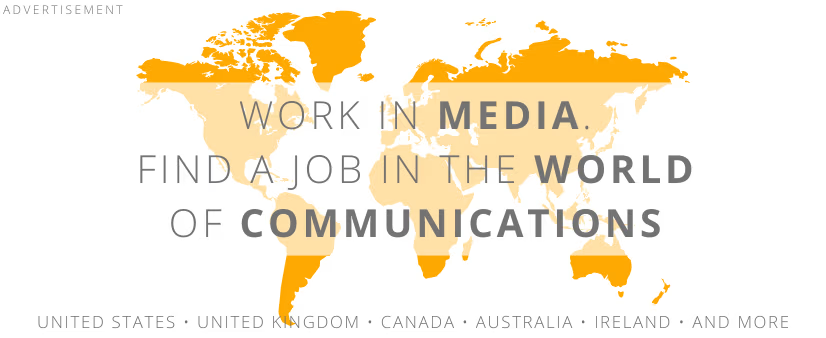 illustration: bing.com/create
illustration: bing.com/createMore than 8 out of 10 parents have posted photos and videos of their children on social media globally. In Poland, this percentage may reach as high as 70 percent. Data gathered by Sprout Social shows that:
- 81% of parents post photos of their children on social media.
- 57% share information about their children, such as names, age, and location.
- 44% post photos of children in pajamas or without clothing.
- 38% post photos of their children in situations such as bathing or changing.
Sharenting in the Polish internet
This is what sharenting is all about. A phenomenon named from combining the words share (sharing, in this case on social media) and parenting. The extent of this trend in the Polish internet was studied by IRCenter for Newseria agency.
- 60% of parent-internet users say they generally don’t post photos of their children
- 14% believe that it should not be done
- 40% of respondents introduce an element of context for posting
- They believe that if the publication is for family, friends, or close groups, sharing these photos is fine. However, children’s photos shouldn’t be shown in a broader public space - explains Michał Kot, a partner at IRCenter, in an interview with Newseria Biznes. - Parents also wonder whether posted photos could be used on adult-related sites. They tend not to post photos when the child is, for example, on a potty, in the bathroom, or bathtub, which are intimate situations.
- 11% of parents believe that publishing photos or videos depends on the child’s age – the older the child, the less willing they are to share photos;
- 5% think it’s acceptable to share children’s photos without showing their faces;
- 3% of parents see no issues or risks associated with posting images of their children. Among young parents (aged 25–34), this response rate was twice as high (6%).
Pros and cons of sharenting
According to child psychologists and educators, sharenting can have both positive and negative consequences for children. On one hand, it can help build bonds between parents and children and share the joys and challenges of parenthood with others. On the other, sharenting can lead to privacy violations for children, as well as cyberbullying. They highlight several significant risks:
- Privacy violations: By posting photos and information about their children on social media, parents may expose them to risks such as identity theft, harassment, or sexual exploitation.
- Cyberbullying: Children whose parents share excessive information about them on social media may become victims of cyberbullying.
- Oversharing syndrome: Sharenting can lead to the development of oversharing syndrome, a mental health issue characterized by an excessive need to share personal information on social media.

- Parents often overlook one thing: how do their children feel about it? Do they protest against having their photos posted? A toddler may not protest, but older children might - points out Michał Kot from IRCenter. - Parents don’t realize that when their child grows up, they may feel differently about what parents currently do with their photos.
Cyber threats to children
For many years, the dangers children face online without proper supervision have been discussed. The situation and parents` awareness are improving slowly, however. According to a Safer Internet Foundation report:
- 43% of children aged 11-15 received unwanted sexual content online.
- 25% of children aged 11-15 experienced cyberbullying.
- 12% of children aged 11-15 encountered pornography online.
- 8% of children aged 11-15 were approached for an in-person meeting by a stranger.
COMMERCIAL BREAK
New articles in section Law in media
Dietary supplement ads in Poland. Who keeps influencers in check?
Newseria, KFi
One in three Polish internet users considers influencer recommendations when deciding on medicines and dietary supplements. Although promotion of such products is regulated, there are still cases of advertising that skirt the law.
SEO Poisoning. Hackers Use Search Engines to Target Businesses
Piotr Rozmiarek
Search engines help us quickly find information, but they can also be used by cybercriminals. SEO poisoning is a tactic where attackers manipulate search engine rankings to place harmful websites at the top of search results.
Phishing in the Cryptocurrency Industry. Fake Recruitments Steal Data
Piotr Rozmiarek
Security researchers have detected a social engineering campaign targeting job seekers in the Web3 industry. The attack aims to conduct fake job interviews via a meeting application that installs information-stealing malware.
See articles on a similar topic:
Local Media in Poland - Freedom of Speech
Bartłomiej Dwornik
Abuse of freedom of speech is as common as imposing muzzles on journalists. Although the Press Law and the Constitution guarantee this fundamental freedom to everyone.
How South Asian Governments Manipulate Media. IFJ Report
Krzysztof Fiedorek
South Asia faces significant challenges in maintaining democracy and press freedom. The latest report from the International Federation of Journalists (IFJ), "Artificial Independence: The Fight To Save Media and Democracy," highlights the growing threats faced by journalists, including violence, financial pressures, and censorship.
Big Data in Poland. Companies Lack Ideas for Data Utilization
KF
Only 11 to 16 percent of domestic companies report using Big Data solutions, according to a survey by OVH and Intel. Among companies that have not yet used Big Data, only 2 percent plan to adopt this technology this year. Meanwhile, nearly all large and small companies admit to collecting customer data.
Local Media in Poland - Court Cases
Bartłomiej Dwornik
Investigative journalists in local newsrooms often remain in the shadow of their colleagues from national outlets, despite frequently being the first to uncover a scandal.




























